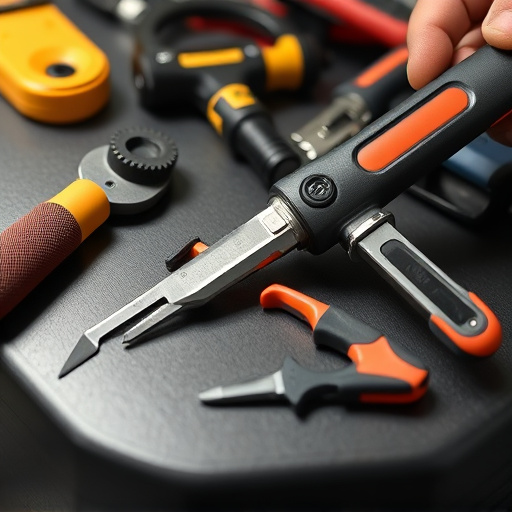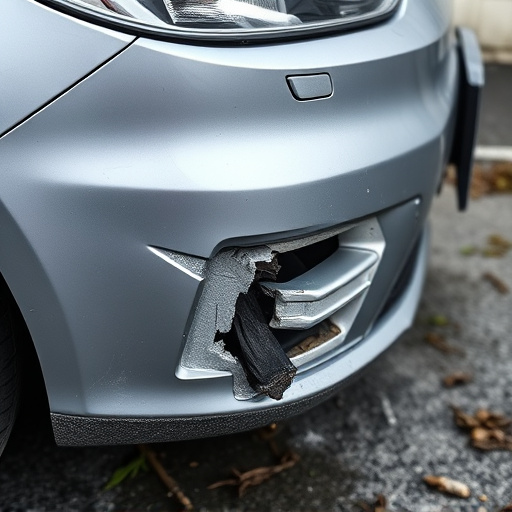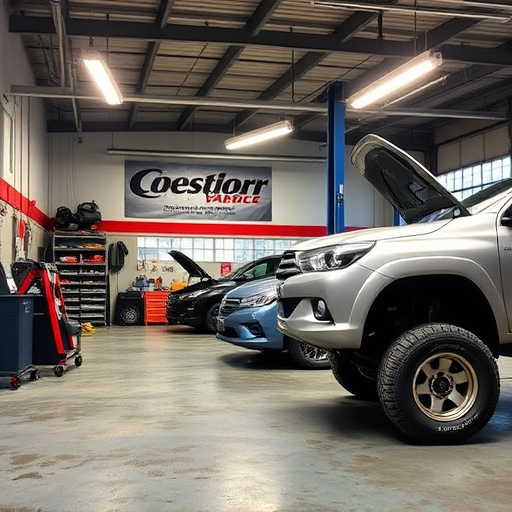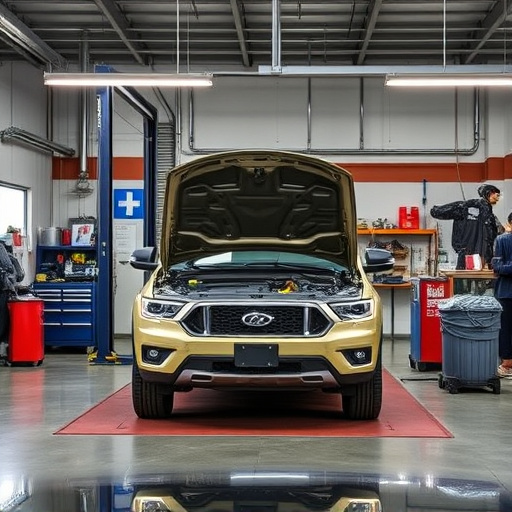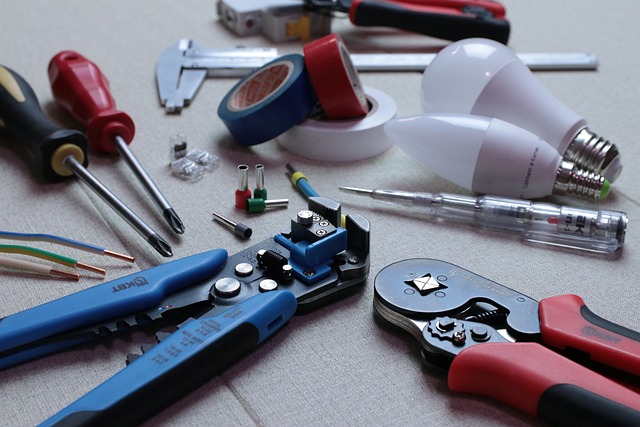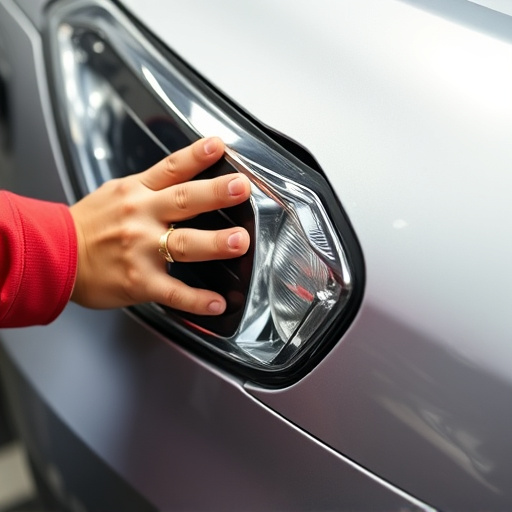Privacy is paramount in repair documentation services for high-end brands like Mercedes Benz due to potential exposure of sensitive data such as VINs and license plate numbers. Strict privacy protocols, including user consent and transparent communication, are critical to protect client information and maintain trust. Adhering to robust data handling practices, strong security measures, and industry-specific privacy regulations is essential in the digital era.
In today’s digital age, privacy concerns are paramount, especially when it comes to photo documentation in repair services. This article delves into the intricate balance between capturing detailed repair images and safeguarding sensitive user information. We explore the potential risks associated with private data exposure in this context, emphasizing the critical need for user consent and secure data handling practices. By implementing best practices, repair documentation services can ensure customer trust while delivering meticulous visual records.
- Understanding Privacy Risks in Photo Documentation
- Gaining User Consent for Repair Services
- Best Practices for Secure Data Handling
Understanding Privacy Risks in Photo Documentation
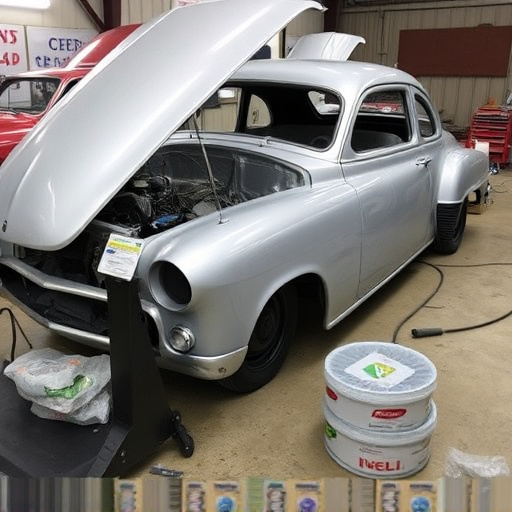
In the realm of repair documentation services, understanding privacy risks is paramount, especially when handling visual evidence of damaged vehicles. As a professional service that often deals with sensitive information, it’s crucial to recognize the potential implications of capturing and storing such data. Each photograph documenting collision damage or auto maintenance work can contain private details, like vehicle identification numbers (VIN), license plate numbers, and even personal markings or interior designs unique to the owner.
When it comes to Mercedes Benz repair, for instance, a repair documentation service must adhere strictly to privacy protocols. This is not just about adhering to legal requirements but also maintaining trust with clients. The mere act of taking pictures of damaged cars can expose them to various risks if proper permissions and security measures aren’t in place. Thus, auto maintenance services should implement robust procedures to safeguard the privacy of their customers’ vehicles and personal data.
Gaining User Consent for Repair Services

When it comes to repairing vehicles, whether it’s a simple scratch repair or more complex auto glass repair, gaining user consent is an essential step in ensuring privacy and building trust with clients. Before any work begins, repair documentation services should obtain explicit permission from vehicle owners, especially when dealing with sensitive information and personal belongings. This process involves clearly communicating the scope of the service, collecting necessary details, and addressing any concerns regarding data handling.
Obtaining consent is crucial for maintaining the confidentiality of auto maintenance records. Repair shops must inform clients about what data will be collected, how it will be used, and who has access to it. By providing a clear privacy policy and allowing owners to agree or disagree with specific data-sharing practices, repair documentation services can ensure transparency and foster a sense of security. This is particularly important in the digital age, where information sharing and data protection regulations are strictly enforced.
Best Practices for Secure Data Handling

In the realm of repair documentation services, especially for high-end vehicles like Mercedes Benz repair, adhering to robust data handling practices is non-negotiable. This involves implementing stringent security measures from the outset to safeguard sensitive customer information. One best practice is ensuring all data collection processes are secure and encrypted, protecting personal details as well as vehicle specifications. Additionally, clear and concise privacy policies should be established and communicated to clients, outlining how their information will be used and stored.
For collision repair or any auto maintenance service that involves documenting repairs, it’s crucial to obtain explicit permissions from the vehicle owners. This could include informed consent for data sharing with third-party providers, such as insurance companies. Training staff on privacy regulations specific to the industry is vital, ensuring they handle every interaction and document with care. Regular reviews of security protocols and keeping up with evolving data protection standards are key to maintaining a secure environment in repair documentation.
Privacy concerns are paramount in the digital age, especially when it comes to repair photo documentation. As users share intimate details of their devices through these images, it’s crucial to implement robust data handling practices and gain explicit consent for repair services. By adhering to best privacy standards, we can ensure a secure environment for sensitive information exchange while providing efficient repair documentation services.
